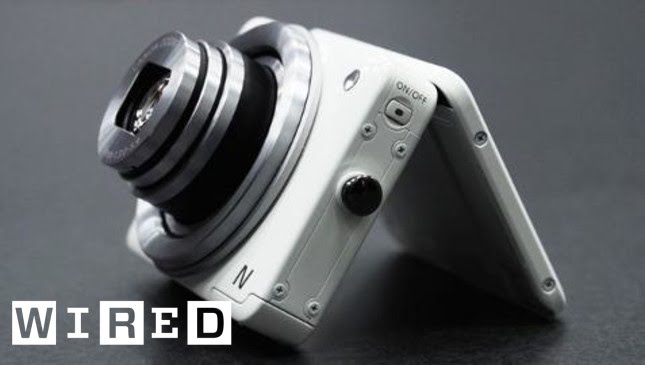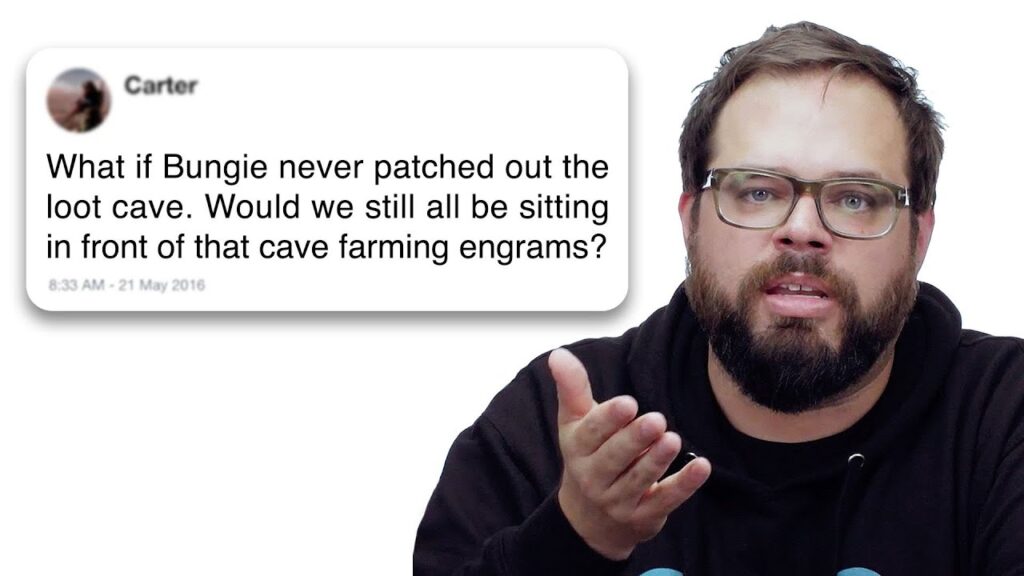Table of Contents
- Mastering Fundamentals
- Aiming with Ghost Ball Method
- Follow, Draw & Stop Shots
- Positional Play
- Tangent and Combination Shots
- Carom and Bank Shots
- Defense Shots
- Side Spin for Precision and Accuracy
Introduction
Pool is an exciting game that requires precision and skill. When played correctly, it can be a great source of entertainment for players and viewers alike. While it may seem easy to simply aim, stroke and hit the cue ball, the reality is that there are various techniques involved that can make a difference between winning and losing games. In this article, we will explore the different levels of play and examine the various techniques used to master the art of pool.
Q&A
Mastering Fundamentals
Q: What are the basic fundamentals that one needs to grasp while playing pool?
A: The basic fundamentals of pool include mastering the bridging technique, stance and stroke. Proper bridging technique is essential and one of the most important factors to playing consistent shots. The open hand V-bridge is a popular technique recommended for beginners to use. The stance should also be appropriate, with feet shoulder-width apart and parallel to the shot. A straight stroke, executed in a full pendulum motion, helps one strike the ball consistently and with great accuracy.
Q: How can we check our form?
A: One way to check your form is by executing a center ball drill. Here, you place the cue ball at the center of the table and aim it at a target ball. This technique helps determine if your stroke is straight and if you’re hitting the cue ball at the center.
Aiming with Ghost Ball Method
Q: How can one aim shots effectively?
A: One of the most popular methods for aiming shots is the ghost ball method. In this method, you visualize the cue ball in place of the object ball and aim towards the contact point (the imaginary spot where the object ball would be) on the cushion. This method is effective in making sure that the cue ball hits the object ball at the right angle, ensuring a successful shot.
Q: How do you account for cut shots?
A: For cut shots, one must adjust the aiming line towards the wider part of the pocket. This means that the cue ball should be aimed towards the contact point on the cushion, opposite the side of the cue ball that the shot will be taken from.
Follow, Draw & Stop Shots
Q: What is the importance of follow, draw and stop shots?
A: Follow, draw and stop shots are crucial to moving the cue ball with precision and accuracy. Follow shots are used to make the cue ball follow the object ball’s path after contact. Draw shots make the cue ball spin backward after the shot, and stop shots keep the cue ball stationary after contact with the object ball. Mastery of these shots is important in controlling the cue ball and ensuring positional play.
Q: How can we master these shots?
A: Practicing these shots is the best way to master them. Start with simpler shots and then move on to more complex ones. Aim for one or two inches of follow or draw at first, then gradually increase the distance as your skill improves.
Positional Play
Q: What is positional play?
A: Positional play is the strategy of planning ahead for the next three shots, by aiming for a particular ball or cushion to put the cue ball in a precise position for the next shot. This technique helps ensure that the player is in control of the game and has a clear plan in mind for the next few shots.
Q: How important is positional play?
A: Positional play is everything in pool. It helps determine the difference between an amateur and a professional. By mastering the art of positional play, a player can plan ahead and ensure that they have a clear path to winning the game.
Tangent and Combination Shots
Q: What are tangent and combination shots?
A: Tangent shots occur when the cue ball is struck on an unintentional angle, resulting in it veering off course when it hits the cushion. It is essential to account for tangent shots while playing. Combination shots require hitting one ball into another in order to make progress on the table. This can be done by hitting the cue ball to strike the first ball, and causing the first ball to collide and sink a second ball.
Q: How can one improve their tangent and combination shots?
A: To improve tangent shots, one must practice shots with variations in the angle of approach. For combination shots, one can practice by setting up different combinations and striking the cue ball accordingly.
Carom and Bank Shots
Q: How can one execute carom and bank shots effectively?
A: Carom shots occur when the player strikes the object ball in such a way that it sends the cue ball into another object ball. Bank shots require hitting the object ball off the cushion and into the pocket. Both shots require a lot of practice and accuracy. Practicing these shots will help you gain confidence and increase your chances of making them during a game.
Q: What is the importance of carom and bank shots?
A: Carom and bank shots provide opportunities to hit balls successfully and win games. These shots require a good understanding of cue ball control and are essential to master for professional level play.
Defense Shots
Q: What are defense shots?
A: Defense shots are played by intercepting the opponent’s shot and placing the cue ball in a difficult position for them to make a successful shot. The goal is to keep your opponent from making any progress, slowing down their momentum and preventing them from making easy shots.
Q: How can one improve their defense shots?
A: One can improve their defense shots by practicing different defensive strategies and shots. It is important to understand that defense shots require a lot of creativity and thinking outside the box.
Side Spin for Precision and Accuracy
Q: What is side spin and how can it help improve the game?
A: Side spin involves hitting the cue ball from the side to create a spin that affects the angle at which the ball travels. It can help increase precision and accuracy while executing different shots.
Q: How can one master side spin?
A: Practicing different shots with side spin is the best way to master it. Start by using half tip increments and gradually increasing the amount of side spin used. Practice shots off the cushion, aiming for specific targets and noting the effect of the spin on the cue ball.
Conclusion
Pool is an incredibly exciting sport that requires knowledge, precision, and skill. By mastering the different techniques discussed in this article and practicing consistently, any player can improve their game and win more frequently. Remember, each game is unique and may require different techniques, but mastering the art of pool is an adventure in itself, and may result in unforgettable experiences for players and viewers alike.





